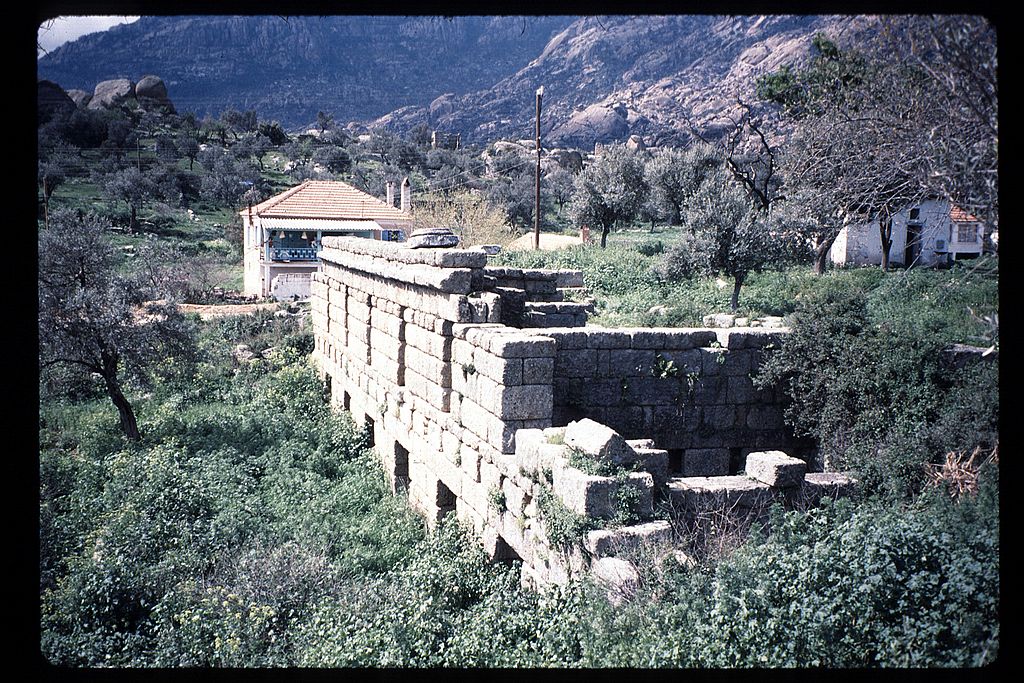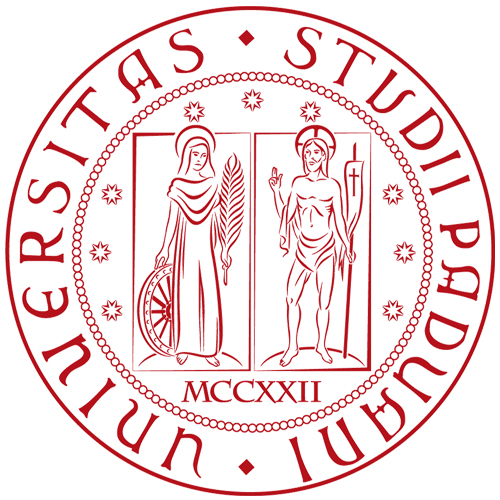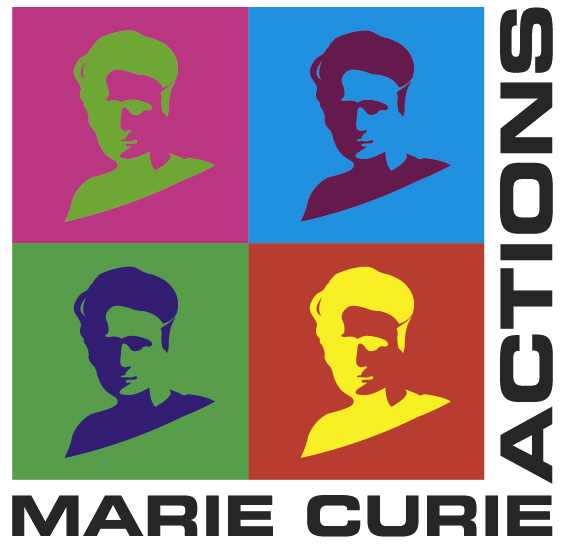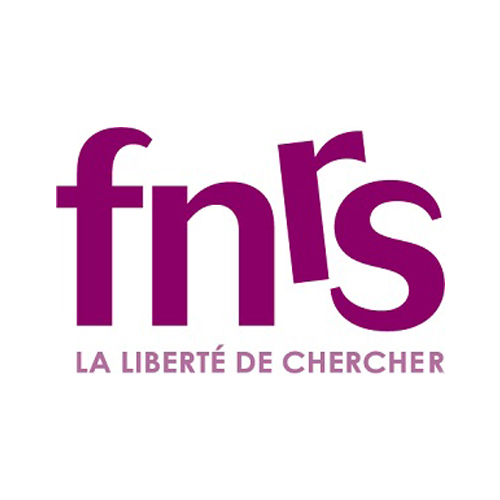
PHRC019 : Dedication to Attalos I, Herakleia near Latmos - Karia (240-197 BC) Dedication
Permanent ID http://s.phrc.it/phrc019
Images:
Photo 1 : A section of the Hellenistic walls of Herakleia; photo J. Hansen via Wikimedia Commons

Text constituted from: Haussoullier 1899, p. 283-284, no. 6 (followed by OGIS 289), based on the notes of O. Rayet.
Other editions:
See also: Suk Fong Jim 2017; Caneva 2020.
Images:
Further bibliography: on marble in Herakleia, Cramer 2004. On the ruins of the ancient city, Peschlow-Bindokat 2005.
Online record: PHI
Besides Pergamon, Herakleia is the sole city of Asia Minor where small dedications to Attalos I have been discovered up until now. The Herakleia dossier also includes a small statue base of limestone bearing the heavily worn inscription Βασιλέα | Ἄτταλον | Σωτῆρα. This second stone too was found nearby the ancient city, 2 minutes walk south of the Byzantine castle (Haussoullier 1899, p. 283, n° 5). The measures of the two stones are unknown, but the altar probably resembled the type of Attalid altars from Pergamon (see PHRC018 for further description of support and ritual use).
The fact that the altar has been found in a context of reuse, combined with our limited knowledge of the site (see Peschlow-Bindokat 2005 for an introductory overview), makes it impossible to propose hypotheses about the original location of the altar. As regards chronology, the Herakleia dossier may belong to the years 230s, when Attalos I expanded the influence of Pergamon over various areas of Western Asia Minor and assumed the royal title. It would therefore be contemporaneous of the earliest altars dedicated to this king in Pergamon.
Ancient Herakleia had local marble quarries (Cramer 2004, p. 136-139), from which the material used for this altar probably came. Marble is usually connected with finely executed objects and possibly with dedications related to upper-class agents in public spaces, yet in this case the cursive traits of the inscription rather point to a lower quality of execution and perhaps to a private (domestic?) context (Caneva 2020). Similar combinations of marble with a low quality inscription are attested by the dossier of small inscribed objects dedicated to Arsinoe Philadelphos (see commentary to PHRC030).



